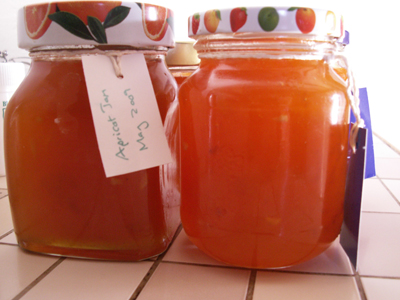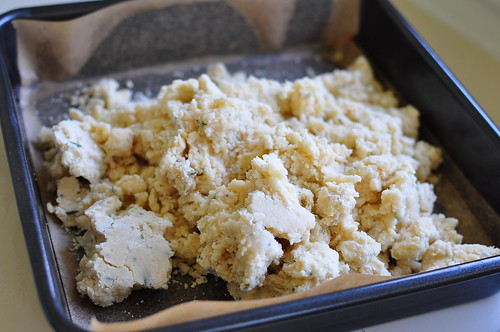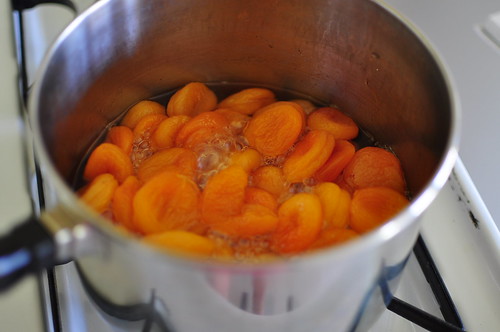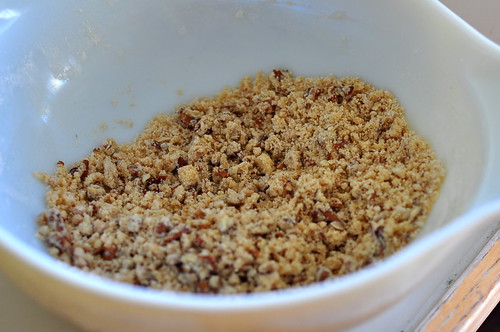sister herb
Official TTI Chef

fresh apricots

dried apricots
A type of stone fruit, apricots range in colour from pale yellow to orange. Their flesh is sweet and juicy. You can use it fresh or dried.
Apricots are a good source of beta-carotene. They also contain dietary fibre and vitamin C.
Select firm, plump fruit. Ripen at room temperature. Once ripe, store in a sealed plastic bag in the fridge for three days.
An apricot is a fruit or the tree that bears the fruit. Usually, an apricot tree is from the tree species Prunus armeniaca, but the species Prunus brigantina, Prunus mandshurica, Prunus mume, and Prunus sibirica are closely related, have similar fruit, and are also called apricots.
History of cultivation
The origin of the apricot is disputed. It was known in Armenia during ancient times, and has been cultivated there for so long, it is often thought to have originated there. Its scientific name Prunus armeniaca (Armenian plum) derives from that assumption. For example, De Poerderlé, writing in the 18th century, asserted, "Cet arbre tire son nom de l'Arménie, province d'Asie, d'où il est originaire et d'où il fut porté en Europe ..." ("this tree takes its name from Armenia, province of Asia, where it is native, and whence it was brought to Europe ..."). An archaeological excavation at Garni in Armenia found apricot seeds in an Eneolithic-era site. Despite the great number of varieties of apricots that are grown in Armenia today (about 50), according to Vavilov its center of origin would be the Chinese region, where the domestication of apricot would have taken place. Other sources say that the apricot was first cultivated in India in about 3000 BC.
Its introduction to Greece is attributed to Alexander the Great; later, the Roman General Lucullus (106–57 B.C.) also would have imported some trees – the cherry, white heart cherry, and apricot – from Armenia to Rome. Subsequent sources were often confused about the origin of the species. Loudon (1838) believed it had a wide native range including Armenia, Caucasus, the Himalaya, China, and Japan.
Apricots have been cultivated in Persia since antiquity, and dried ones were an important commodity on Persian trade routes. Apricots remain an important fruit in modern-day Iran, where they are known under the common name of zard-ālū (Persian: زردآلو).
Egyptians usually dry apricots, add sweetener, and then use them to make a drink called amar al-dīn.
More recently, English settlers brought the apricot to the English colonies in the New World. Most of modern American production of apricots comes from the seedlings carried to the west coast by Spanish missionaries. Almost all U.S. commercial production is in California, with some in Washington and Utah.
Many apricots are also cultivated in Australia, particularly South Australia, where they are commonly grown in the region known as the Riverland and in a small town called Mypolonga in the Lower Murray region of the state. In states other than South Australia, apricots are still grown, particularly in Tasmania and western Victoria and southwest New South Wales, but they are less common than in South Australia.
Today, apricot cultivation has spread to all parts of the globe with climates that support it.
Last edited:



















